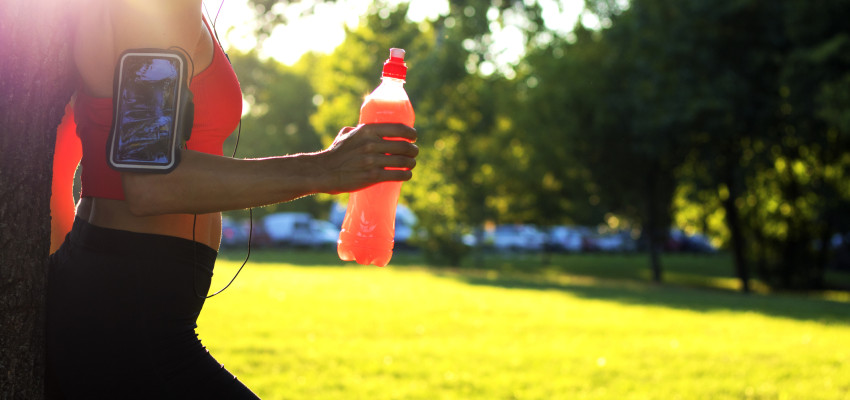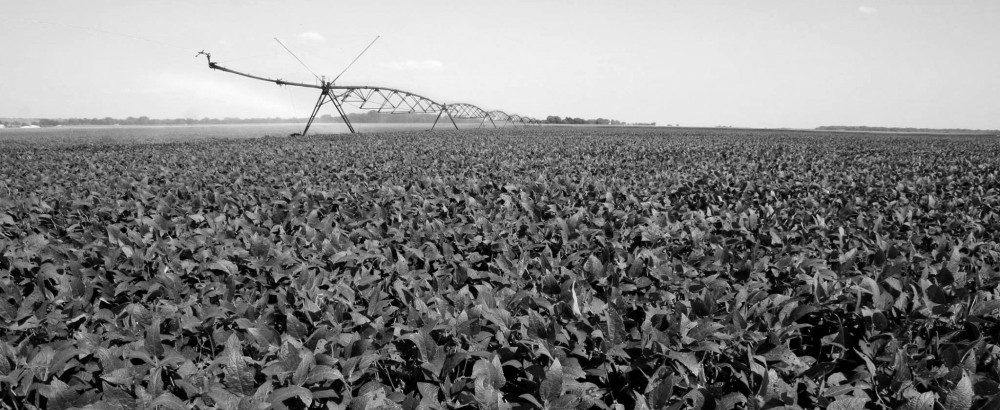By Cara Harbstreet on August 8, 2017
Summer hydration

Summer brings with it hot and steamy days. When the heat index soars into the triple digits, it’s more important than ever to consider hydration. Whether you’re working long days outside or hammering out intense workouts in the heat, it’s critical to consider your hydration status to prevent dehydration, injury or more serious issues.
For the average adult in normal temperatures, regular activity does not pose a threat. Drinking to thirst between meals, plus consuming liquids at meal times, is generally adequate. But the old standard of drinking 64 ounces a day (eight glasses) doesn’t hold up when we consider individual differences in body size, body composition, activity level and energy needs. Top that with heat and humidity, and it can fall short for how much liquid the body truly needs. A better approach for estimating fluid needs is to use a general guideline of 35 mL per kilogram of body weight and adjust as needed to account for activity and heat. (To determine body weight in kilograms, divide your weight in pounds by 2.2)
Thirst is not the best indicator of hydration status; in fact, by the time most people register the sensation of feeling thirsty, they are already behind the eight ball for staying hydrated.
Although we receive some fluids from the foods we eat, we also cannot rely on that alone for meeting all our hydration needs.
Drinking excessive amounts of water is not ideal either. That strategy, when performed over multiple hours or when large amounts of water are ingested over a short period of time, can lead to a condition called hyponatremia. That condition refers to a lack of adequate sodium (an important electrolyte) in the blood. As a result, dehydration can worsen although more and more water is being consumed. This is a serious condition and can lead to severe muscle cramps, heart arrhythmias and even death.
Hyponatremia can be avoided by adding sodium and other important electrolytes into the fluids being ingested. During endurance events like running or cycling, heavy manual labor or outdoor and adventure sports, it is also recommended to ingest a small amount of fuel in the form of carbohydrates. Simple sugars are gentle on the GI system and are readily absorbed and used as energy to replace the energy being used to perform or work. The combination of fluids, electrolytes and simple carbohydrates is the winning combination to feeling your best when working hard in the heat.
The sports-drink industry has recognized this and there are many options to choose from. However, some brands can be rather expensive and formulas may include too much added sugar or caffeine. Try this DIY version which can be made at home for a fraction of the cost. Additionally, you control which sweetener you use and how much you need.
Tart cherry juice can help combat inflammation, which can stem from exercise or stress-related activities performed in extreme heat. It can be replaced in this formula with pomegranate juice, pineapple juice, orange juice or beet juice. If you’d like, you can also add coconut water in place of regular water or substitute maple syrup or another sweetener of your choice for the sugar.
Have you ever tried a homemade version of a sports drink? If you try this recipe, snap a photo, post it on Instagram (we can only view public accounts) and tag us in the photo (here's our Instagram account handle). We’ll highlight our favorites!


